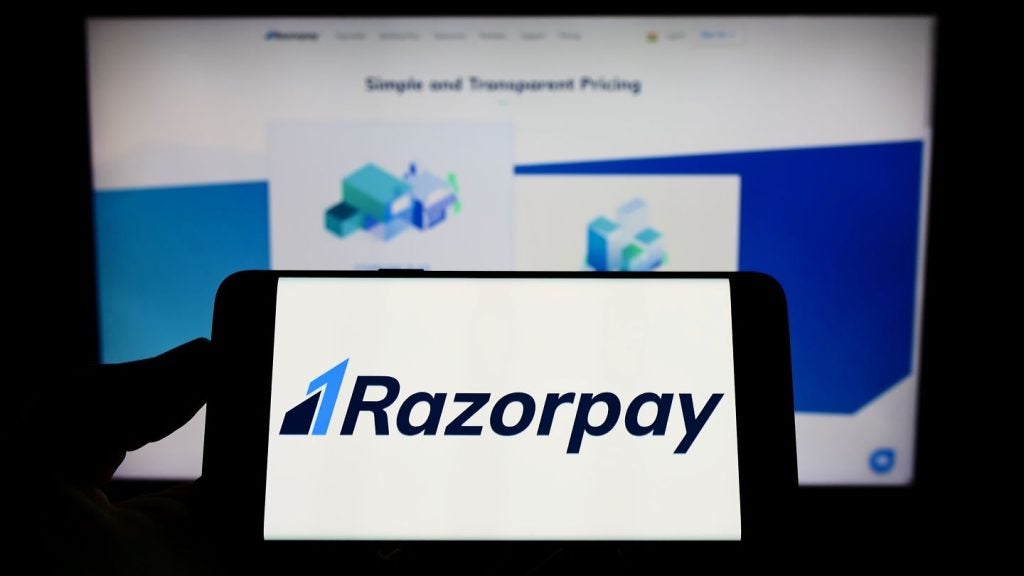Charles Davis looks at cash-back and
its under-valued role as a means of encouraging credit card
spending. Can simple cash-back rewards really be the key to getting
inactive cards back into use?
Despite their increasing costs, credit card
cash-back rewards are still an effective way to grow portfolios,
according to a recent study.
The report by the Federal Reserve Bank of
Chicago found that average spending increased among issuers using
cash-back rewards, while the marginal increase in usage resulted in
card debt increases across the market.
The study Why Do Banks Reward their
Customers to Use their Credit Cards?, written by Fed
economists Sumit Agarwal, Sujit Chakravorti, and Anna Lunn,
suggests that cash-back rewards are an underappreciated competitive
tool. In fact, their study found that rewards excel in one of the
industry’s toughest tasks these days – getting inactive cardholders
to pull out their cards and start using them again, even following
long periods of inactivity.
The study evaluated 12,000 credit card
accounts at a large, unnamed US financial institution both before
and after cardholders received a one percent cash-back credit card
offer. The data showed that spending and debt levels on average
rose on accounts once they were enrolled in the rewards
programme.

US Tariffs are shifting - will you react or anticipate?
Don’t let policy changes catch you off guard. Stay proactive with real-time data and expert analysis.
By GlobalDataReal results
The impact of a relatively small reward
generates large spending and debt accumulation. On average, each
cardholder receives $25 in cash-back rewards during our sample
period. We find that average spending increases by $68 per month
and average debt increases by over $115 per month in the first
quarter after the cash-back reward programme starts. The greater
increase in debt compared to spending suggests that average monthly
payment drops more than the marginal increase in spending from the
cash-back programme.
The study also found that the reduction of
payments within the first quarter from the start of the programme,
suggesting that the marginal increase in spending due to the
cash-back reward is converted into debt along with a portion of
baseline spending. Furthermore, evidence from credit bureau data
confirms that consumers substitute their spending from other cards
to the card with cash-back and decrease debt on their other
cards.
“Cash rewards are fairly common, but we think
they are really underappreciated when it comes to retention and
activation, to say nothing of the increases in debt load they incur
on average,” says Sumit Agarwal, one of the study’s authors. “We
have really been surprised at the effect of cash back on cardholder
balances.”
Single cardholders spent $55 more on average
per month during the first quarter after enrolling in a cash-back
rewards programme, while married cardholders’ spending rose by $95
per month during the first quarter. There were no significant
differences in spending by gender, the study found.
Reactivation
And for previously inactive cardholders who
signed up for rewards programmes, says Agarwal, “the level of new
spending and debt was pretty significant, suggesting that cash-back
rewards are effective in stimulating account usage.”
The study found that 11 percent of cardholders
whose accounts were inactive for the three months before the
rewards programme’s introduction used their cards for purchases of
at least $50 during the programme’s first month. Among those
previously inactive cardholders, spending rose to an average of
$220 per month during the programme’s first quarter, while their
account debt rose by $167 per month during the same period. The
researchers suggest these cardholders also shifted spending from
other cards to the rewards card.
About half of the bank’s cardholders enrolled
in the cash-back rewards programme and, of those, enrolled accounts
generated an average of $25 in rewards over a 12-month period. The
average amount redeemed was $10.
“That’s what so amazing about cash back
rewards,” Agarwal says. “It’s really not a large amount of money,
yet it stimulates spending.”
Noting that the credit card industry has
become increasingly competitive, Agarwal says that some issuers are
giving cash-back rewards as high as three to five percent in some
merchant categories.
The greater increase in debt compared to
spending suggests that payments drop not only for purchases due to
the cash-back reward but also on spending that is not related to
the cash-back rewards. Specifically, the study found an average
monthly reduction in payments within the first quarter of $38,
suggesting that all the marginal increase in spending due to the
cash-back reward is converted into debt and a part of the
cardholder’s monthly baseline spending is also converted into
debt.
The right spender
Cash-back rewards also seem to stimulate
spending among the cardholders issuers like most – revolving
consumers. The effect of cash back on change in debt also differs
across cardholders, with those carrying debt increasing their debt
by an average of $134 per month during the first quarter and by an
average of $142 per month during the first nine months after the
programme starts.
Even those households that do not typically
carry debt increase their debt by an average of $114 per month
during the first quarter and by an average of $211 per month during
the first nine months. Those cardholders that do not carry debt
substitute spending and debt accumulation on this card from other
cards. Those that do not carry debt do not increase their overall
card balance as a result of participating in the cash back
programme.
“Overall, it’s an incredibly efficient tool
for the money,” Agarwal says. “The deeper you look at cash back
rewards, the more convincing they become. In an extremely
competitive credit card issuing market, rewards are another tool
along with lower interest rates to steal customers from
competitors.”







